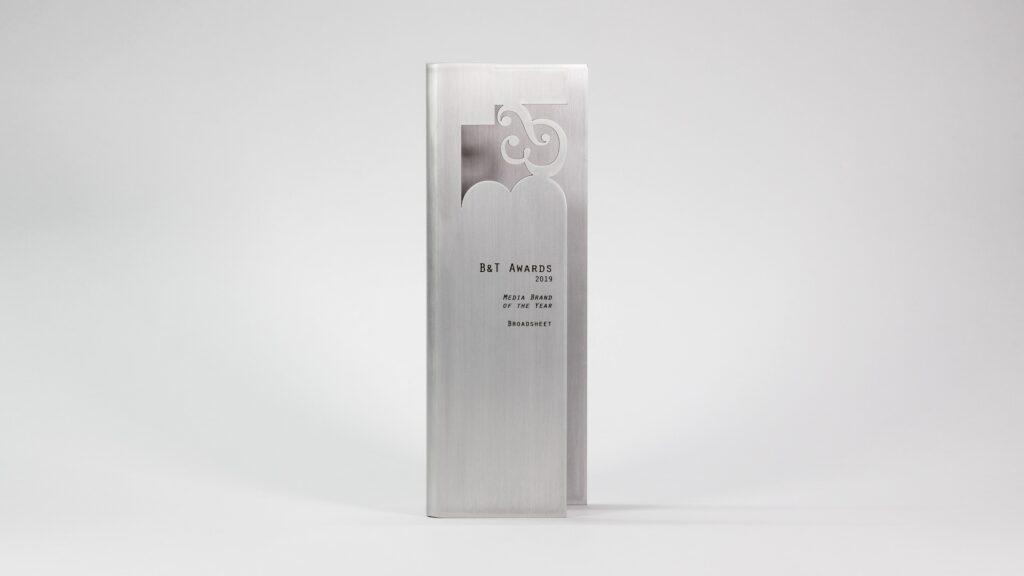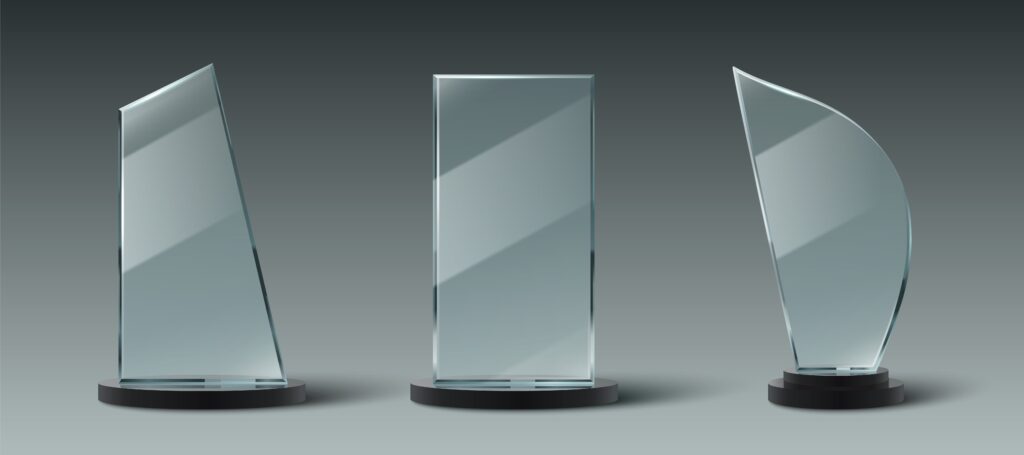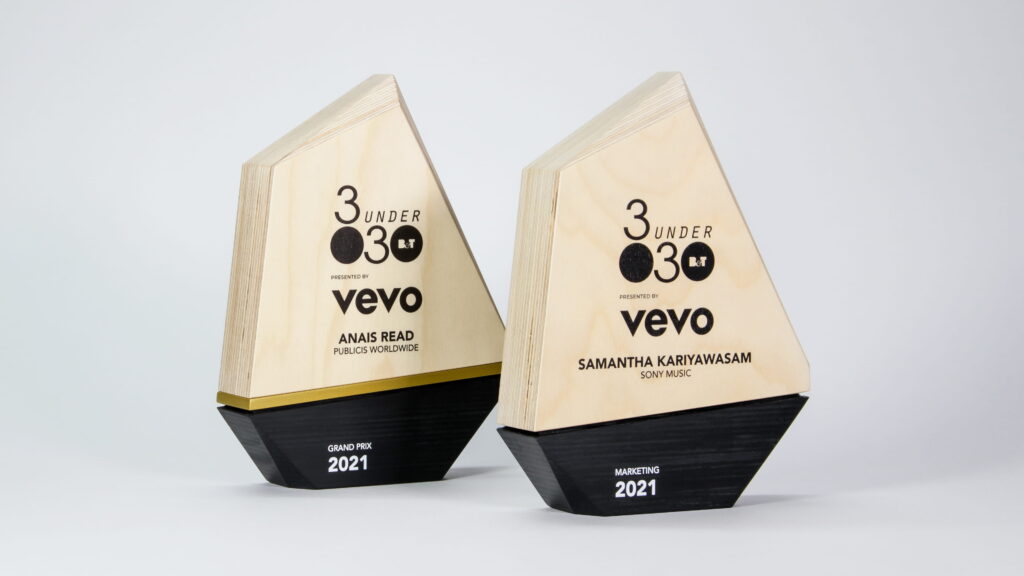1. Introduction: The Significance of Trophy Material Choice
Custom trophies serve as tangible symbols of achievement, recognition, and excellence. Beyond their symbolic value, the physical attributes of a trophy—its weight, feel, and aesthetic appeal—are largely determined by the trophy material from which it is crafted. The choice of trophy material is not merely an aesthetic decision; it profoundly impacts the trophy’s durability, perceived value, customisation potential, and overall cost. From the gleaming prestige of metal to the sparkling clarity of crystal and the modern versatility of acrylic, each option offers unique characteristics that cater to different purposes, budgets, and design preferences. Understanding these distinctions is crucial for anyone looking to create a truly memorable and appropriate award.
This article delves into the diverse world of trophy material options, exploring the pros, cons, and ideal applications of metal, crystal, acrylic, and other popular choices. By examining the inherent qualities of each type, we aim to provide a comprehensive guide that empowers individuals and organisations to make informed decisions, ensuring their custom trophies perfectly encapsulate the spirit of the accomplishment they celebrate.
2. Metal Trophies: A Timeless Choice
Metal has long been a quintessential trophy material, synonymous with strength, permanence, and prestige. Its inherent durability and classic aesthetic make it a preferred choice for awards that signify significant achievements and enduring legacies. The substantial weight and cool touch of a metal trophy often convey a sense of gravitas and importance, reinforcing the value of the recognition it represents. The versatility of metal also allows for intricate designs and various finishes, from highly polished and reflective surfaces to brushed or antique patinas, offering a wide range of visual possibilities for any custom trophy.
2.1. Types of Metal Awards
When considering metal as an award material, several types are commonly utilised, each offering distinct properties and appearances. Steel is a popular choice due to its strength and ability to be cast into complex shapes. It can be finished in various ways to achieve different looks, from sleek and modern to more traditional. Pewter, an alloy primarily composed of tin, is known for its malleability, allowing for highly detailed and intricate designs. It often has a softer, more antique appearance compared to steel. Bronze, an alloy of copper and tin, is another classic trophy material, particularly favoured for its rich, warm colour and historical association with artistic and commemorative works. The choice of specific metal often depends on the desired aesthetic, the complexity of the design, and the budget allocated for the custom trophy.

2.2. Pros and Cons of Metal Trophies
Pros:
- Durability and Longevity: Metal trophies are exceptionally robust and built to last, making them ideal for awards intended to be heirlooms or permanent fixtures.
- Prestige and Perceived Value: The weight and classic appearance of metal inherently convey a sense of high value and importance, elevating the significance of the award.
- Versatility in Design: Metal can be cast, machined, and finished in numerous ways, allowing for a wide array of shapes, textures, and aesthetic styles.
- Timeless Elegance: Metal trophies possess a classic appeal that transcends trends, ensuring they remain relevant and admired for years to come.
Cons:
- Cost: Metal trophies, especially those made from higher-quality alloys or with intricate designs, can be more expensive than those made from other materials
- Weight: While often a pro for perceived value, the weight of metal trophies can be a disadvantage for shipping and handling, particularly for large quantities.
- Tarnishing: Some metals, if not properly treated or maintained, can tarnish over time, requiring occasional cleaning to retain their lustre.
3. Crystal Trophies: Elegant and Refined
Crystal trophies stand as a testament to elegance and sophistication, offering a dazzling alternative to traditional metal awards. The inherent clarity and brilliance of crystal capture and refract light, creating a mesmerizing display that instantly elevates the perceived value of the award. Often associated with high-end corporate recognition, executive awards, and lifetime achievement honours, crystal awards convey a sense of purity, precision, and refined taste. Its smooth, cool surface and substantial weight contribute to a luxurious tactile experience, making crystal trophies highly coveted symbols of distinction.
3.1. The Allure of Crystal Awards
The allure of crystal as an award option lies in its unique optical properties and its ability to be intricately shaped and polished. Unlike regular glass, crystal often contains lead content, which increases its density and refractive index, allowing for greater sparkle and brilliance. This composition also makes crystal softer and more malleable, enabling artisans to cut and mould it into complex facets and designs that would be challenging with other materials. The resulting trophy is not just an award but a piece of art, reflecting light in a way that commands attention and admiration. The transparency of the crystal also offers unique opportunities for engraving and subsurface etching, allowing for personalised messages and logos to appear suspended within the material itself.
3.2. Pros and Cons of Crystal Trophies
Pros:
- Luxurious Appearance: Crystal trophies possess an unparalleled aesthetic appeal, exuding elegance, sophistication, and a high-end feel.
- Brilliance and Light Refraction: The material’s ability to capture and refract light creates a stunning visual effect, adding to its prestige.
- Perceived High Value: The weight and sparkling clarity of the crystal contribute to a strong perception of value and importance for the award.
- Customisation Potential: Crystal can be intricately cut, faceted, and engraved, allowing for highly detailed and personalised designs.
Cons:
- Cost: Crystal trophies are generally among the more expensive options due to the material cost and the specialised craftsmanship required.
- Fragility: Despite their density, crystal trophies are susceptible to chipping, cracking, or breaking if dropped or mishandled, requiring careful handling and display.
- Weight: While contributing to perceived value, the substantial weight of crystal can be a logistical challenge for shipping and handling, similar to metal trophies.
4. Acrylic Trophies: Modern and Versatile
Acrylic trophies represent a modern and increasingly popular choice for recognition awards, offering a compelling blend of versatility, affordability, and contemporary aesthetics. Often mistaken for glass or crystal due to its clarity, acrylic (also known as Plexiglas or Lucite) is a durable plastic polymer that can be moulded, cut, and finished in countless ways. Its lightweight nature and resistance to shattering make it a practical option for a wide range of events, from corporate recognition awards to sports awards and academic achievements. Acrylic trophies can be produced in vibrant colours, clear forms, or even with embedded objects, providing immense creative freedom for custom designs.

4.1. Versatility of Acrylic Awards
The versatility of acrylic makes it one of the most adaptable award types. It can be easily shaped, laser-engraved, and printed with intricate designs, logos, and text, allowing for a high degree of customisation. Unlike glass or crystal, acrylic is shatter-resistant, making it a safer and more durable option, especially for awards that might be handled frequently or transported. Its lighter weight also contributes to lower shipping costs, which can be a considerable factor for large orders. Furthermore, acrylic can be optically clearer than even some types of glass, and its natural refractive properties allow it to catch and reflect light, giving it a sparkling appearance that mimics more expensive materials. This combination of aesthetic appeal, durability, and ease of customisation makes acrylic an exceptionally adaptable trophy material for diverse recognition needs.
4.2. Pros and Cons of Acrylic Trophies
Pros:
- Affordability: Acrylic is generally more cost-effective than metal or crystal, making it an excellent choice for budget-conscious organisations or large-volume orders.
- Durability and Shatter-Resistance: Its robust nature makes it less prone to breaking or chipping compared to glass or crystal, ensuring longevity.
- Lightweight: The lighter weight of acrylic makes trophies easier to handle, display, and transport, reducing associated logistical costs.
- High Customisation Potential: Acrylic can be easily cut, moulded, coloured, and engraved, offering extensive design flexibility for unique awards.
- Modern Aesthetic: Acrylic trophies often have a sleek, contemporary look that appeals to modern design sensibilities.
Cons:
- Perceived Value: While visually appealing, acrylic may be perceived as less prestigious or “premium” than metal or crystal, especially for very high-level awards
- Scratch Susceptibility: Acrylic surfaces can be more prone to scratching than glass or metal, which can affect their long-term appearance if not properly cared for.
- UV Damage: Prolonged exposure to UV light can cause some acrylics to yellow or become brittle over time.
5. Other Notable Trophy Options
While metal, crystal, and acrylic are among the most popular choices for custom trophies, several other materials offer unique characteristics and aesthetic appeals. These alternative trophy material options can provide distinct looks and feels, catering to specific themes, budgets, or environmental considerations. Understanding the properties of wood, glass, and resin can further broaden the possibilities for creating truly bespoke and meaningful awards.
5.1. Wood and Glass Awards
Wood trophies offer a warm, natural, and often rustic aesthetic. It is frequently chosen for awards that emphasise environmental consciousness, traditional craftsmanship, or a connection to nature. Wood trophies can be intricately carved, laser-engraved, or combined with other materials to create striking designs. The grain and natural variations of wood ensure that each trophy is unique. However, wood can be more susceptible to environmental factors like humidity and temperature changes, and it may require specific care to prevent warping or damage.

Glass, while often confused with crystal, is another common trophy material. Glass trophies offer clarity and elegance, similar to crystal, but are generally more affordable and less dense. They can be etched, sandblasted, or coloured to achieve various effects. Glass provides a clean, sophisticated look that is suitable for many types of recognition. However, like crystal, glass is fragile and prone to breakage, making careful handling essential
5.2. Resin and Innovative Designs
Resin has emerged as a highly versatile and cost-effective award material, particularly for awards requiring intricate details, unique shapes, or vibrant colours. Resin is a synthetic polymer that can be poured into moulds, allowing for complex three-dimensional designs that would be difficult or expensive to achieve with other materials. It can be finished to mimic the appearance of metal, stone, or even wood, offering immense design flexibility. Resin trophies are generally lighter than metal or crystal and are more durable than glass, making them a practical choice for large-volume orders or awards that need to be transported frequently. However, the perceived value of resin may be lower than that of more traditional materials like metal or crystal.
Other innovative materials, such as stone, ceramic, or even recycled composites, are also being explored for custom trophies, reflecting a growing demand for unique, sustainable, or thematic award options. The choice of these materials often depends on the specific vision for the award and the message it is intended to convey.
6. Factors to Consider When Choosing Your Trophy Material
Selecting the ideal trophy material for a custom award involves careful consideration of several key factors. The decision should align with the purpose of the award, the recipient, the event, and the overall message intended to be conveyed. By weighing these elements, organisations and individuals can ensure that their custom trophies are not only aesthetically pleasing but also perfectly suited to their function and budget.
- Budget: The financial allocation for the trophies is often a primary determinant. Materials like crystal and high-quality metals are typically more expensive, while acrylic and resin offer more budget-friendly alternatives. It’s important to balance cost with the desired perceived value and impact of the award.
- Purpose and Prestige: The significance of the achievement being recognised should guide the material choice. For highly prestigious awards, such as lifetime achievement honours or major championships, materials like metal or crystal often convey the necessary gravitas and exclusivity. For participation awards or large-volume recognition awards, more economical and durable materials like acrylic or resin might be more appropriate.
- Durability and Longevity: Consider how the trophy will be used and displayed. If it needs to withstand frequent handling, transportation, or a less controlled environment, materials known for their robustness, such as metal or shatter-resistant acrylic, would be preferable. For display-only awards, the fragility of crystal or glass might be less of a concern.
- Aesthetics and Appearance: The visual appeal and desired aesthetic are crucial. Do you want a classic, timeless look (metal, wood), a sparkling, elegant appearance (crystal, glass), or a modern, versatile design (acrylic, resin)? The material significantly influences the trophy’s overall look and feel, and it should align with the brand or event’s theme.
- Customisation Potential: The extent of personalisation required can influence material choice. Some materials, like acrylic and resin, offer immense flexibility for intricate shapes, vibrant colours, and detailed engravings. Metals can also be highly customised through casting and various finishing techniques. Consider the complexity of logos, text, and designs that need to be incorporated.
- Weight and Handling: The physical weight of the trophy can be a practical consideration, especially for large quantities or if the awards need to be shipped. Lighter materials like acrylic or resin can reduce shipping costs and make handling easier for recipients.
- Environmental Considerations: For organisations prioritising sustainability, researching the environmental impact and recyclability of different award options can be a factor. Some metals are highly recyclable, while wood is a renewable resource.
By carefully evaluating these factors, one can navigate the diverse landscape of trophy material options and select the perfect medium to create custom trophies that truly honour and inspire.